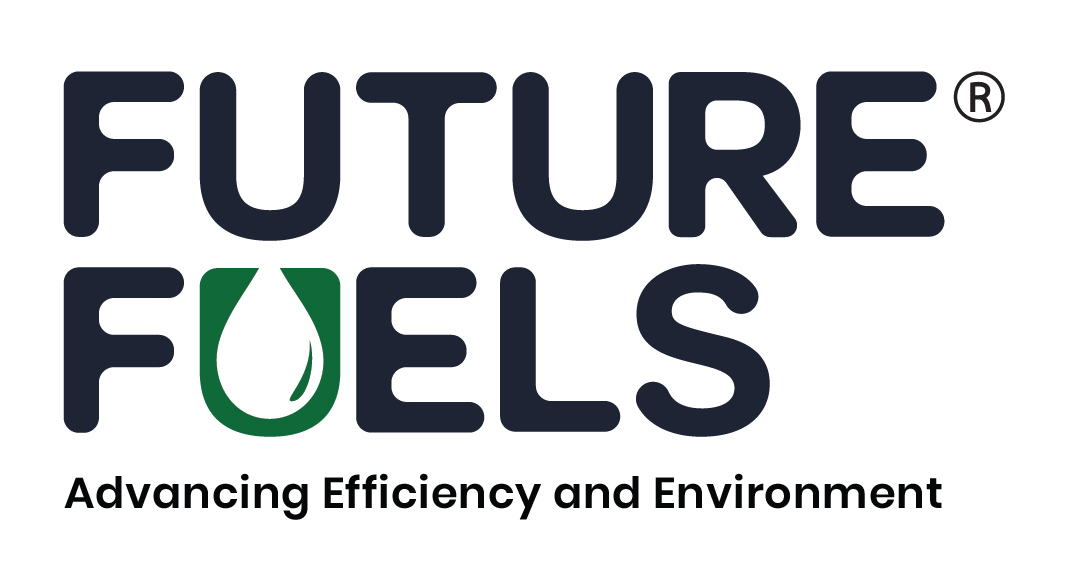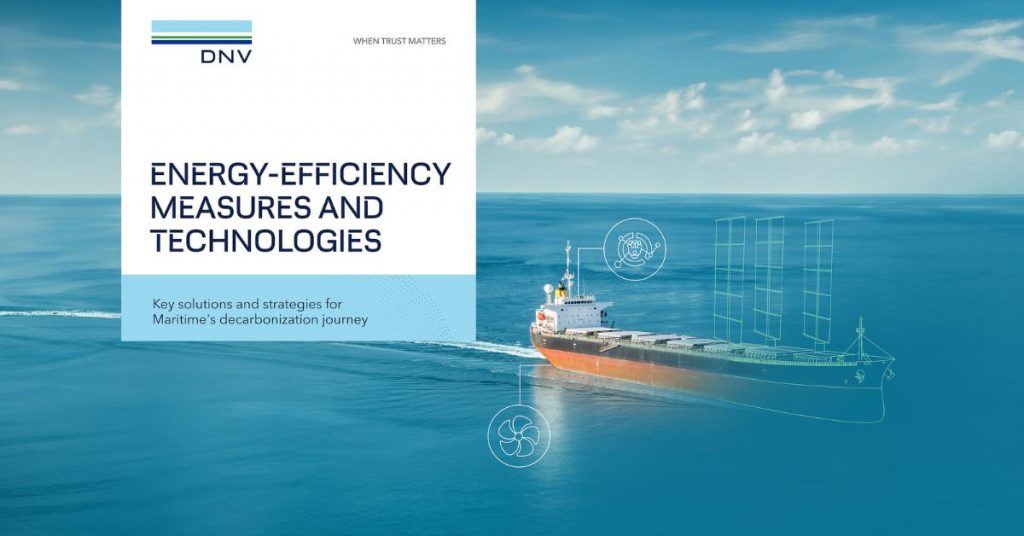With increasing regulatory pressure and rising fuel costs, the shipping industry must accelerate decarbonization while ensuring operational and economic viability. Energy-efficiency measures can play a crucial role in reducing fuel consumption and facilitating the transition to alternative fuels as they become available. To help shipowners identify the best solutions for their fleet, DNV has published a report offering a comprehensive overview of currently available energy-efficiency measures and technologies.
DNV’s latest report, Energy-efficiency measures and technologies – Key solutions and strategies for Maritime’s decarbonization journey, provides a comprehensive overview of more than 40 energy-efficiency measures, detailing their fuel-saving effects, cost figures, and suitability for specific ship types. It highlights how these measures can help shipowners meet short- and mid-term regulatory requirements, gain a competitive edge, and ensure profitable operations well into the 2030s and 2040s.
Knut Ørbeck-Nilssen, CEO at DNV Maritime, said: “The decarbonization of shipping is one of our greatest challenges. While transitioning to carbon-neutral fuels is essential, supply and cost remain key barriers. To accelerate this shift, all possible measures must be explored. Energy-efficiency measures can not only cut emissions in the short term but also support the adoption of alternative fuels by reducing overall fuel demand and operational costs. With many such measures available, our report aims to help stakeholders navigate these choices and identify the best solutions for their fleets.”
In the report, DNV explores a wide range of technical and operational measures, detailing cost considerations, suitability for different ship types, and the challenges of combining multiple solutions effectively. Digitalization also plays an important role, and the report offers insights into how data-driven decision-making can enhance fuel savings, while ensuring cybersecurity remains a priority.
DNV’s report outlines a three-step approach for managing decarbonization risks: defining greenhouse gas (GHG) trajectory and goals, assessing pathways for meeting these goals, and developing a fleet decarbonization strategy and plan. It also explores other solutions such as low-carbon and carbon-neutral fuels, biofuels, onboard carbon capture, fuel cells, and nuclear propulsion, evaluating their benefits, challenges, and emissions reduction potential.
Jason Stefanatos, Global Decarbonization Director at DNV Maritime added:“Energy efficiency is key to reducing emissions and enabling low-carbon fuel adoption. While there’s no one-size-fits-all solution, improving onboard efficiency reduces emissions in the short term and accelerates low-carbon fuel adoption in the long term. Every percentage of fuel saved, whether conventional or alternative, translates into significant cost savings. Energy efficieny is becoming critical, and the industry must raise awareness, gain knowledge, and plan ahead.”




Recent Posts
Goltens Partners with Orcan Energy to Expand Marine Waste Heat Recovery Solutions
NWSA Launches First Incentive Program for Zero Emission Trucks in Washington
IHI and Vopak Partner on Ammonia Terminal Development in Japan
Chimbusco Pan Nation Completes First B30 Marine Gasoil Delivery in Hong Kong
ITOCHU Announces Newbuilding Order for Ammonia Bunkering Vessel
India Launches Incentive Scheme for Electric Trucks under PM E-DRIVE Initiative
Royal Caribbean Welcomes LNG-Fueled Star of the Seas to Its Fleet
Swire Shipping Launches ‘Voyage to Zero’ to Help Customers Cut Scope 3 Emissions Swire